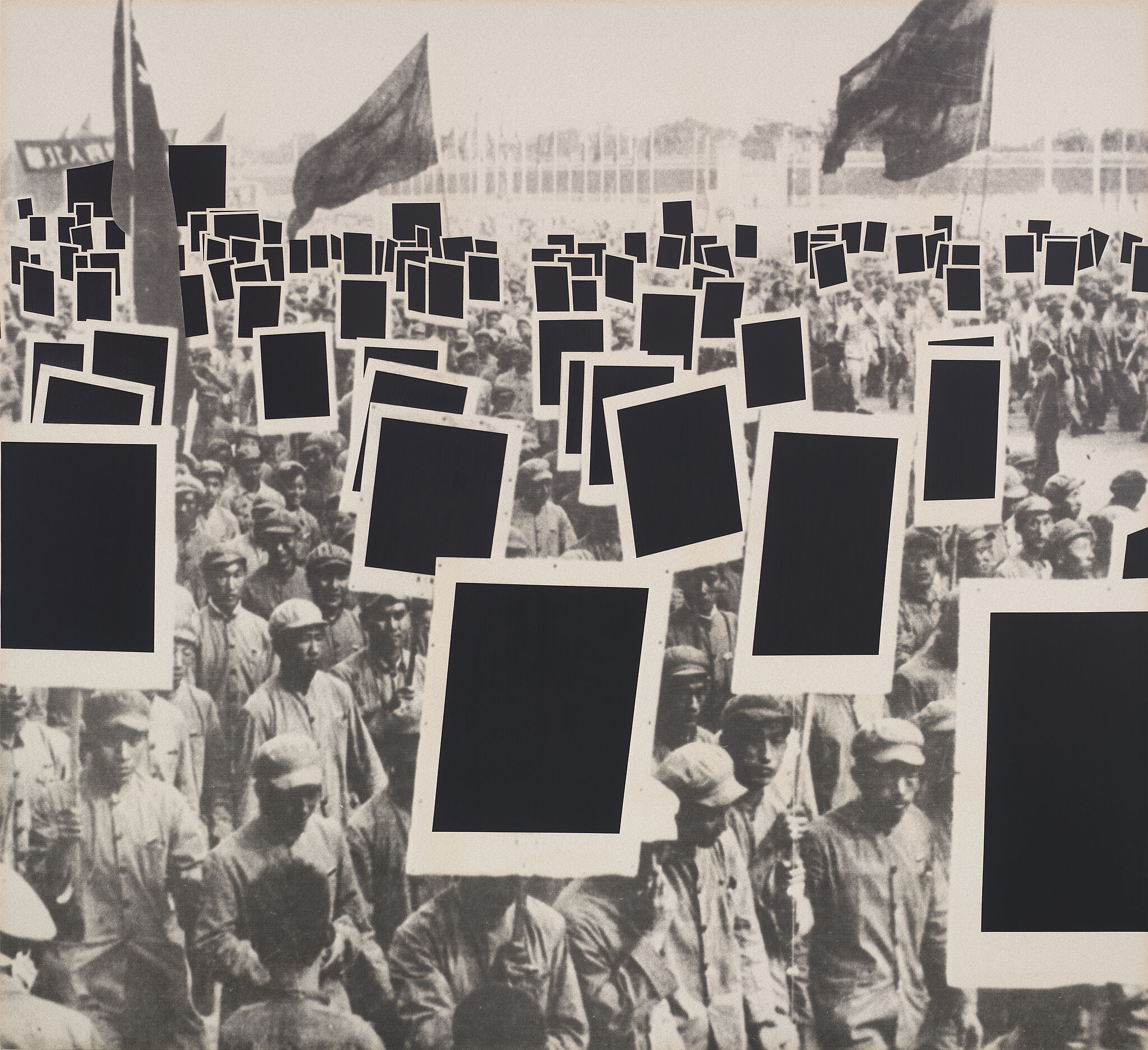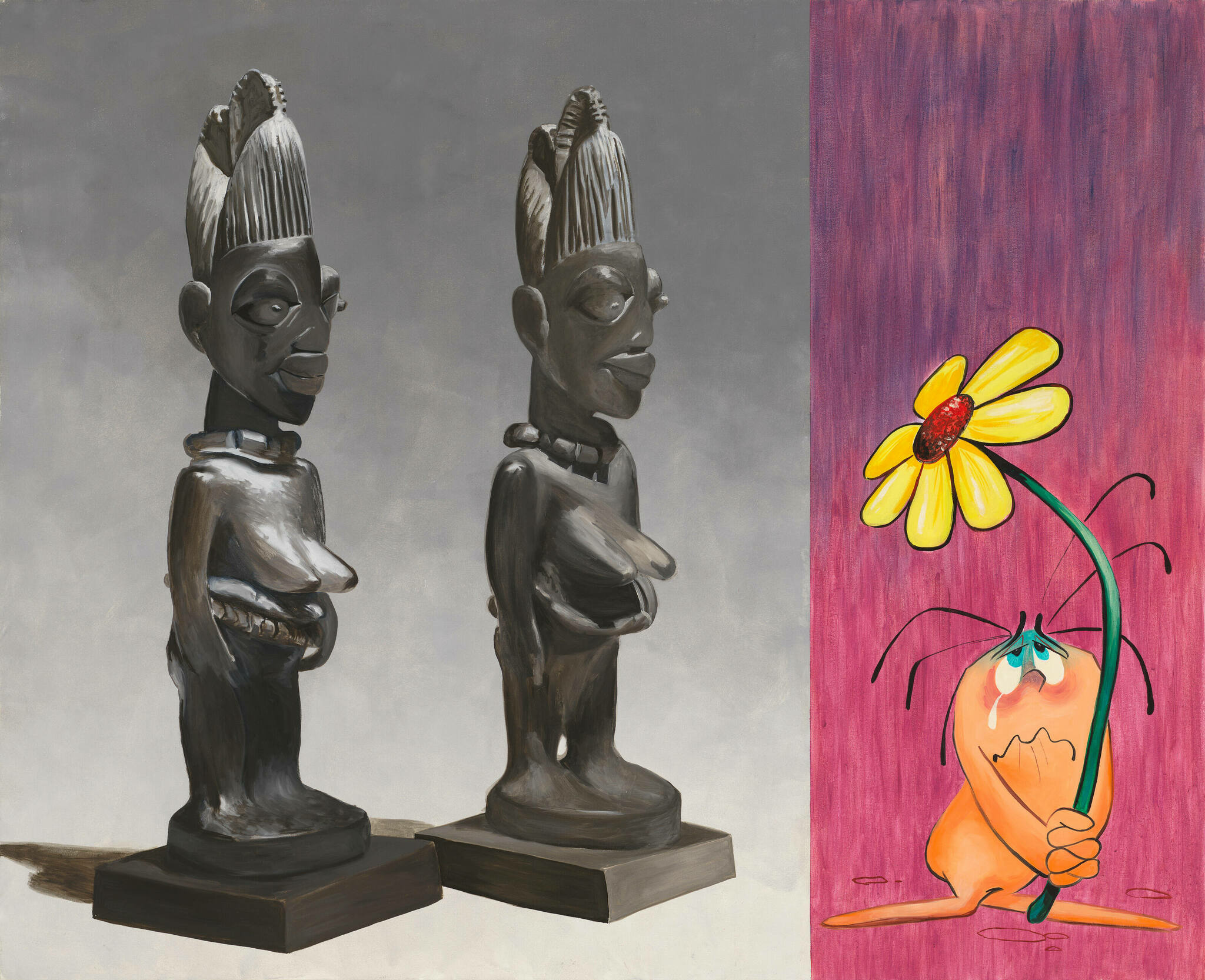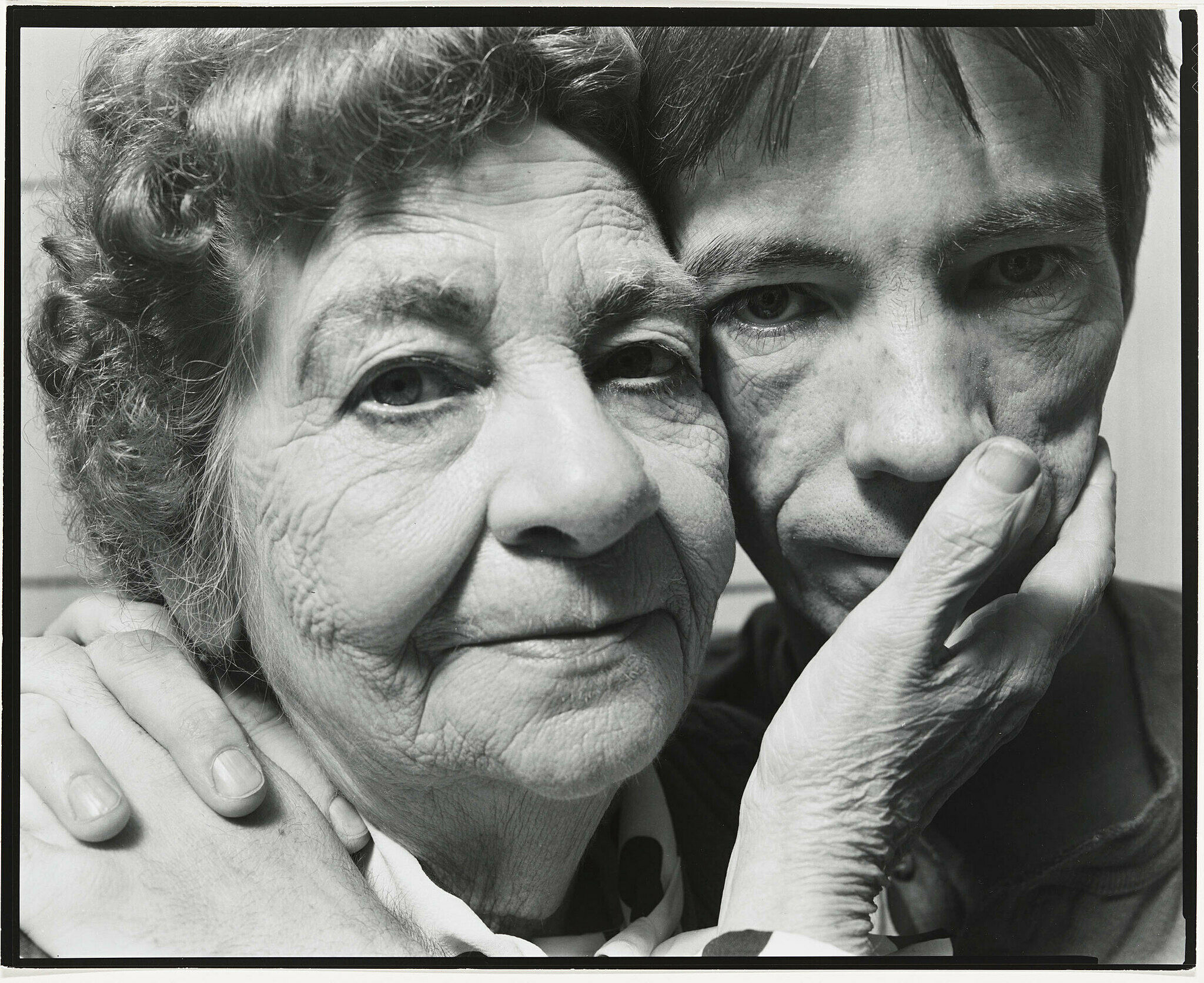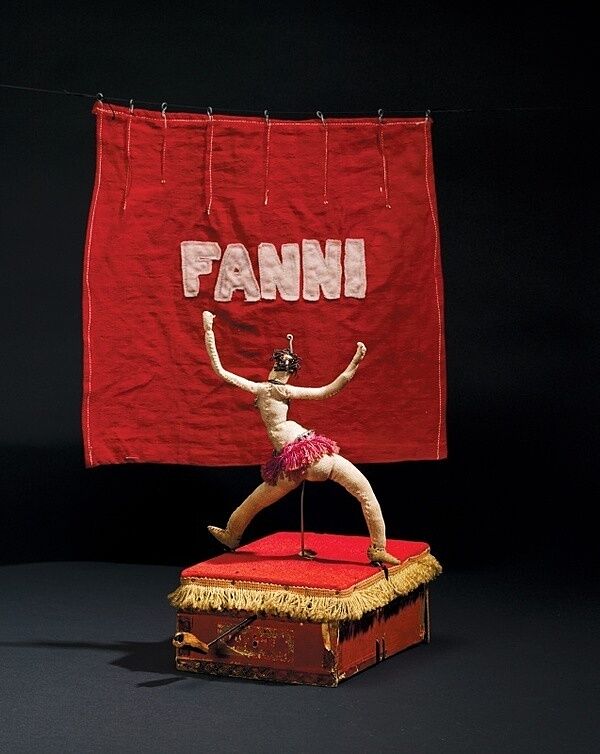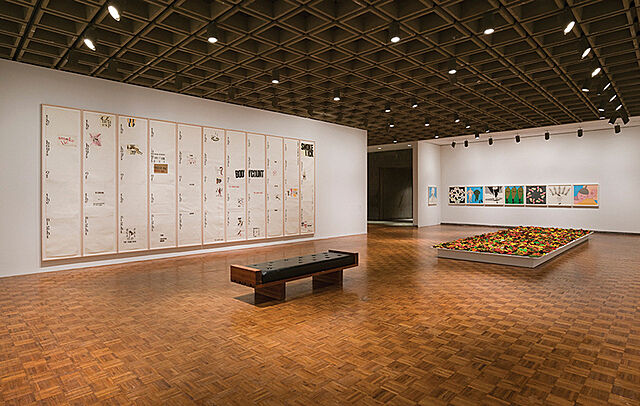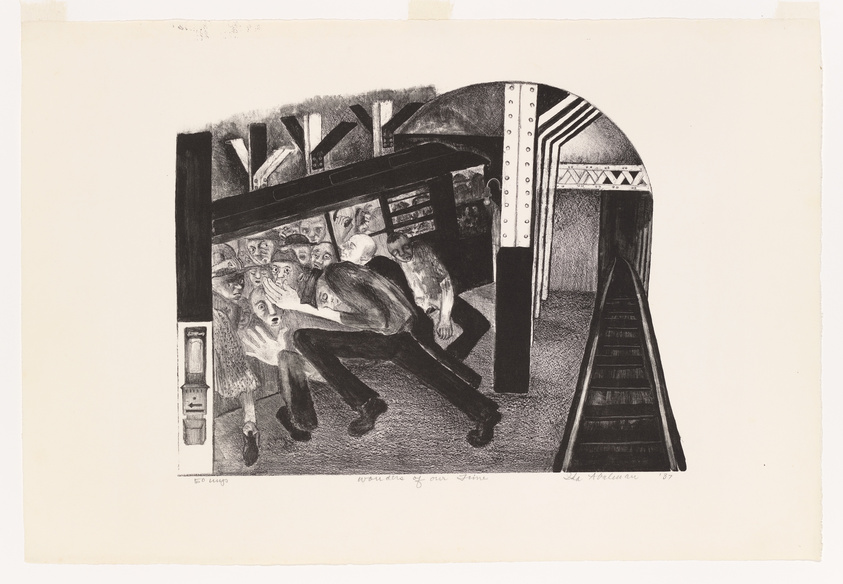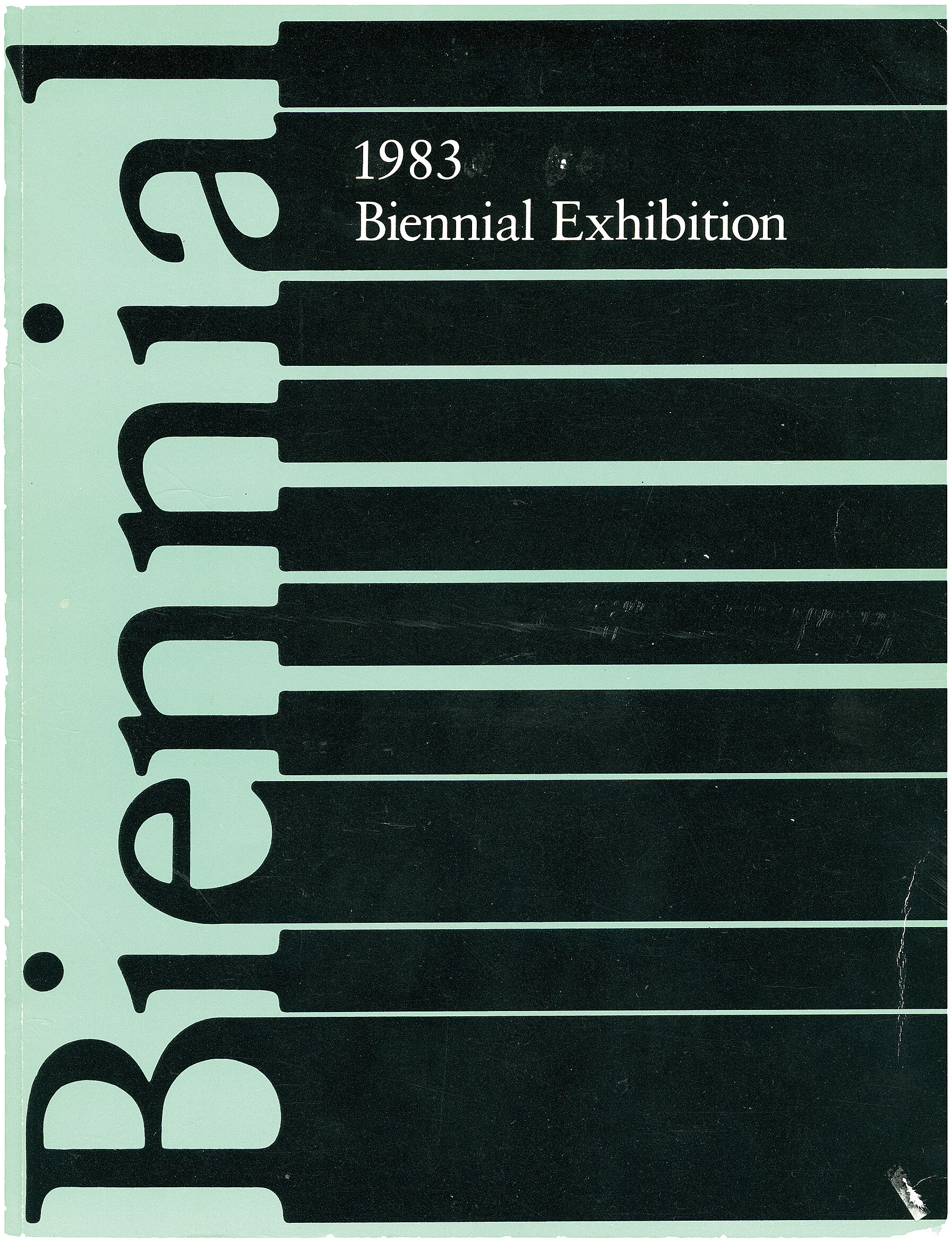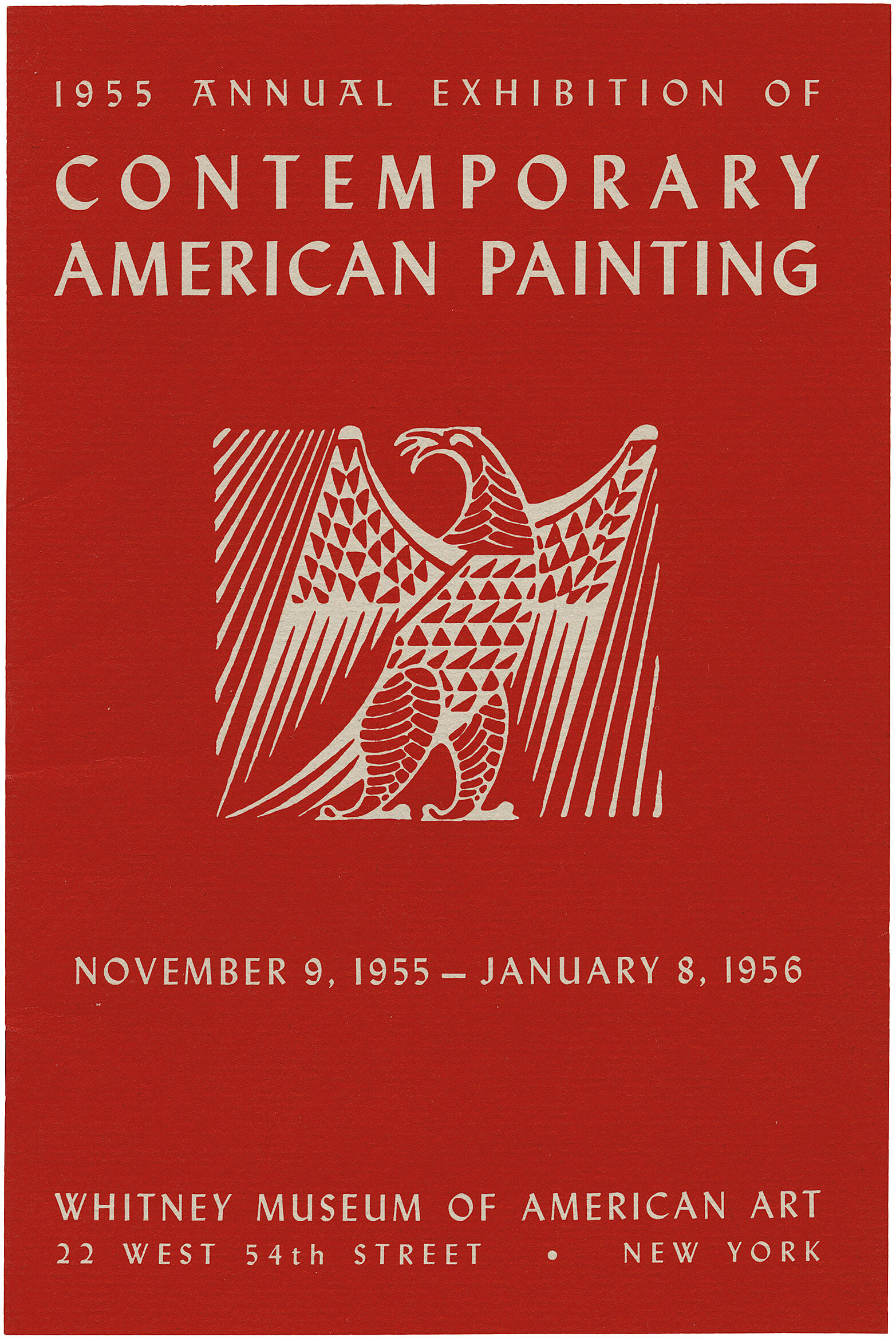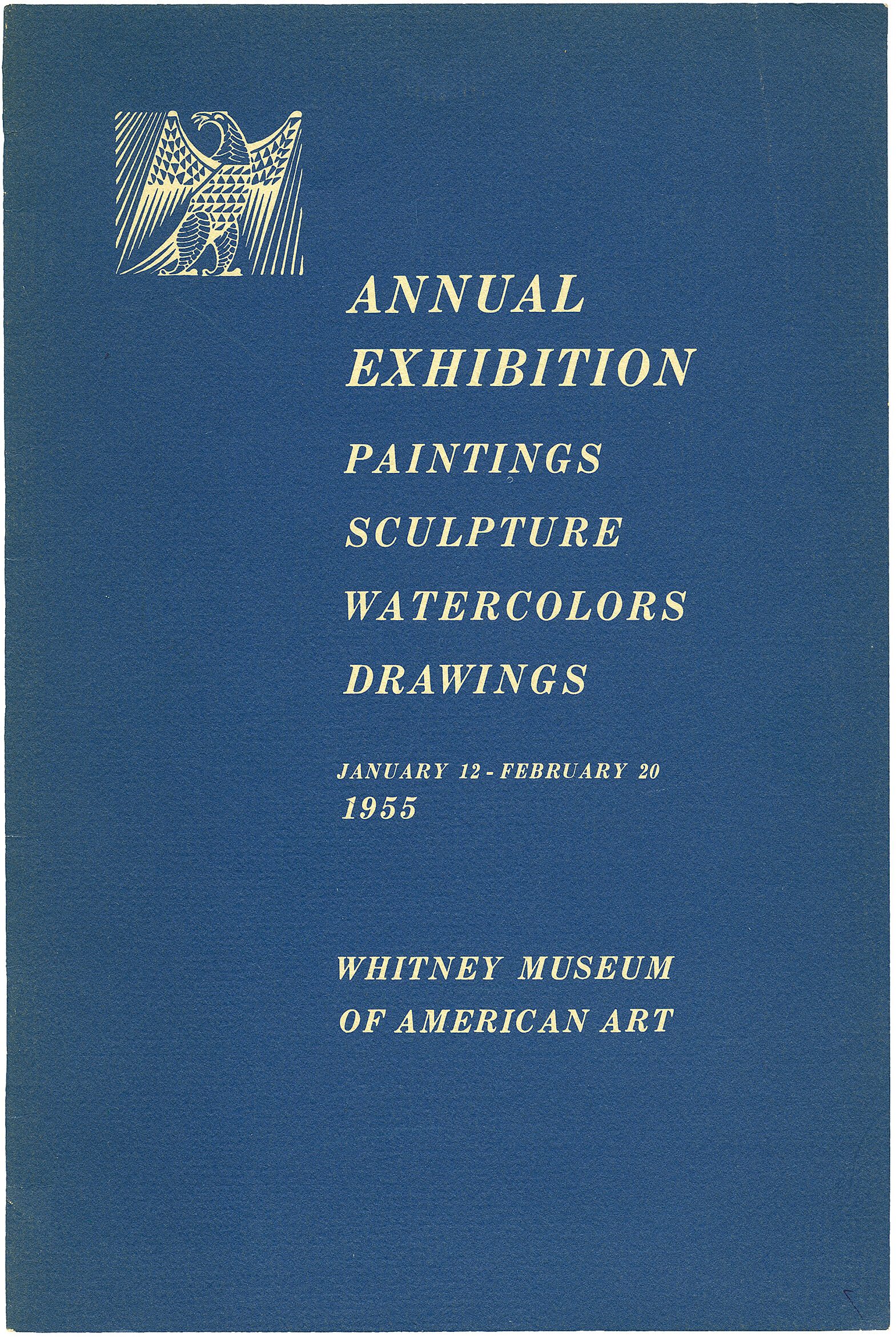Leon Golub
1922–2004
Leon Golub addressed mankind’s capacity for brutality in figurative paintings that adopt the monumental scale of traditional history painting. While Golub’s 1970s works focused on the war in Vietnam, the eleven paintings that comprise his White Squad series, painted between 1982 and 1987, were created in response to the large-scale human rights abuses committed by death squads in politically unstable Central and South American countries.
White Squad I does not present a single discernable event, setting, or narrative, but the figures are based loosely on photographs of the violence wrought by paramilitary gangs that Golub culled from contemporary newspapers and magazines. Here, the viewer’s gaze mimics that of the camera, and Golub noted that the flattening effect achieved by the red background and the absence of shadows relates to photography’s tendency to fix figures in frozen poses. Golub’s painting process paralleled the raw physicality of his subject matter; he built up layers of paint to render the figures and then scraped them down with rubbing alcohol and tools so that, as he described it, “what you see finally is a paint film which has been in a sense ’smashed back’ into the tooth of the canvas.” The extreme foreground positioning of a partially undressed female victim brings the violence dramatically into the space of the viewer, who is placed in an uncertain role, caught between accomplice, witness, and voyeur. Golub explained this troubling ambivalence: “I can see myself in, or at least understand, the position of the victim and the victimizer. One could, at different times of one’s life—who knows under what circumstances— become either.”
Introduction
Leon Golub (January 23, 1922 – August 8, 2004) was an American painter. He was born in Chicago, Illinois, where he also studied, receiving his BA at the University of Chicago in 1942, and his BFA and MFA at the School of the Art Institute of Chicago in 1949 and 1950, respectively.
He was married to and collaborated with the artist Nancy Spero (August 24, 1926 – October 18, 2009). Their son Stephen Golub was an economics professor at Swarthmore College. Their son Philip Golub is Professor of International and Comparative Politics at the American University of Paris and was a longstanding contributing editor of the influential journal Le Monde diplomatique. Their youngest son Paul Golub is a theater director and acting teacher working in France.
Wikidata identifier
Q475655
Information from Wikipedia, made available under the Creative Commons Attribution-ShareAlike License . Accessed November 24, 2025.
Country of birth
United States
Roles
Artist, art historian, cartographer, graphic artist, lecturer, painter, professor, sculptor, teacher
ULAN identifier
500003430
Names
Leon Golub, Leon Albert Golub
Information from the Getty Research Institute's Union List of Artist Names ® (ULAN), made available under the ODC Attribution License. Accessed November 24, 2025.

